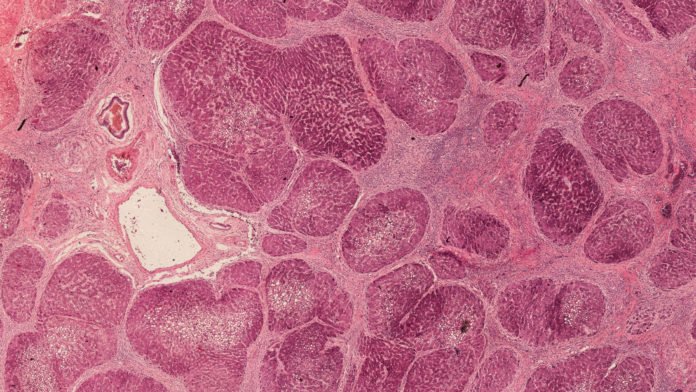Fibrosis is the formation of excess fibrous connective tissue in an organ as part of a reparative or reactive process. This biological process can lead to permanent organ damage and chronic disease. Fibrotic diseases include cardiac and pulmonary fibrosis, atherosclerosis, asthma, cirrhosis, and scleroderma.
Analysts at Cardiff University and the Wales Kidney Research Unit have found a potential new technique for keeping the procedure that causes scar arrangement in organs.
The new research, as a team with the University of Exeter and the Cleveland Clinic Lerner Research Institute, includes adjusting the cells in charge of wound recuperating and tissue repair and could prompt medicines that would anticipate and even turn around organ fibrosis – a noteworthy reason for an ailment and pass the world over.
During their laboratory tests, the team discovered that a protein previously thought to simply break down sugar chains can be used to make alterations to the RNA of cells responsible for wound healing and tissue repair, radically affecting their function.
Dr Soma Meran, from Cardiff University’s School of Medicine and the Wales Kidney Research Unit, said, “We were amazed to discover that the protein Hyaluronidase-2 can bind to RNA in a cell and alter its activity. In the case of the cells responsible for fibrosis and scar formation, we can potentially use this technique to stop them from producing scar tissue. This opens up exciting new research avenues in the study of fibrosis.”
Scientists are now taking interests to the anticipation and additionally inversion of an endless kidney ailment, which can’t at present be turned around and devours roughly 3% of the NHS spending plan. Huge numbers of these patients, at last, require dialysis or kidney transplantation, and these medicines are related to huge dangers and intricacies.
Scientists will now further investigate the structure of Hyaluronidase-2 to identify what makes it travel to a cell nucleus and influence genetic material. They will also develop synthetic proteins that mimic the beneficial effects of Hyaluronidase-2 for development in therapeutics.
The paper is published online in the journal Science Signaling.
